Restore your vision at a trusted Clinic with more than 29 years of experience
Over 68,000 procedures performed for patients from across Colombia, the U.S., Argentina, Spain, Aruba, Venezuela, and many more.
Over 68,000 procedures performed for patients from across Colombia, the U.S., Argentina, Spain, Aruba, Venezuela, and many more.

You must look down to avoid dizziness or headaches

Watching movies with subtitles just isn’t the same anymore

You see blurry, especially at night, when looking at distant objects

You experience eye strain or visual fatigue

You have difficulty distinguishing colors

You mix up numbers and letters
You may even start losing confidence in yourself.
And the worst part? Many people like you believe there’s nothing they can do—because they’ve worn glasses or contact lenses for as long as they can remember.
But you can change your life and start seeing it differently!
Everything begins with your eyes, and we know that better than anyone. That’s why we’re dedicated to taking care of your vision and finding the best way to correct your visual conditionwith over 28 years of experience and the highest level of professionalism.
Refractive surgery is a group of techniques used to correct visual impairments such as myopia, hyperopia, and astigmatism, eliminating the need for glasses or contact lenses.
The most commonly used laser correction technique is LASIK. The most advanced and safest option is FemtoLASIK. In special cases, we use surface procedures like LASEK or PRK.
We also offer Phakic IOL implants for patients with high refractive errors that cannot be corrected with laser surgery, or for those diagnosed with thin corneas.
If you see distant objects as blurry but can see nearby objects more clearly, you’re likely nearsighted. A condition known as myopia.
It happens when the light rays entering your eye focus behind the retina, causing a blurry or distorted image, mainly affecting your near vision.
It’s a type of blur that causes images to appear distorted or tilted, due to the uneven focusing of light rays entering the eye.
Hear What Our Clients Are Saying About Working With Our Team.

“I have 18 years of experience that allow me to identify each condition and provide appropriate management and specific treatment for each situation.
I am ready to help you correct all your visual disorders and difficulties!“
Ophthalmologist
Superspecialist in Refractive Surgery, Cornea, and Anterior Segment.
Refractive Surgery is the best alternative for safely and effectively improving your vision.
This outpatient procedure involves reshaping a portion of the cornea using a precision laser.
In just a few minutes, you can experience clearer, more natural visionhelping reduce or even eliminate your dependence on glasses or contact lenses.

As part of your surgical journey, we assist with hotel arrangements to make your stay more comfortable.

Because of our team’s surgical precision, most patients are back to work in just a few days.

Our team’s rigorous training, combined with our policy of only performing surgery on patients with a high likelihood of success, allows us to minimize risks and ensure better outcomes.

Thanks to our strict protocol, we’re able to identify the procedure that’s best suited for you—before surgery even begins
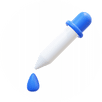
To ensure a painless experience, we apply anesthetic eye drops well in advance of the procedure.

Includes the essential follow-up visits during the first thirty days, typically three appointments.

No long distance travel required your entire treatment, from diagnosis to surgery and follow-ups, takes place conveniently in the same area.

So you don’t have to miss too much work, achieve better balance between your eyes, improve your vision, and reduce the chances of night glare.
We are here to help you with any questions you may have
It is normal to feel anxious and nervous before the procedure. Please keep the following tips in mind to help you feel calm:
It’s completely normal to feel anxious or nervous before your procedure. Please keep the following recommendations in mind to help you feel more at ease:
On the day of your surgery, try to stay as relaxed and well-rested as possible. You may have a light breakfast or lunch.
The entire process takes approximately one hour.
Wear comfortable clothing. Do not wear makeup, perfume, hair spray, or jewelry.
Make sure to come with someone who can drive you home, or arrange transportation in advance. If you don’t have someone available, let us know—we’ll be happy to help you organize it.
As it is such a simple procedure, there are no specific requirements for preparation prior to surgery. However, it is important to avoid consuming alcohol or medications that cause drowsiness.
If you wear contact lenses, you must stop using them for a period of time prior to surgery. One of our professionals will determine the appropriate length of time to go without them based on your particular case.
The reason for removing the lenses before surgery is to allow the cornea to return to its normal state.
Most patients begin to notice clear results just a few hours after the procedure.
However, the speed of visual recovery can vary depending on individual factors—and having a positive mindset plays an important role in the process.
Patients with higher degrees of myopia, astigmatism, or hyperopia may experience a slower recovery, but it will still be safe and effective.
Most patients are able to return to work just a few days after surgery.
It’s important to follow the recommendations outlined in the next section, as post-operative care plays a key role in the success of your surgery.
Other than that, as long as you follow your doctor’s instructions, you can feel free to resume your normal daily activities.
Follow-up, post-operative care, and any medical prescriptions your eyes may need are just as important as the procedure itself. Ideally, your doctor will give you personalized care instructions tailored to your case.
You’ll need to attend regular check-ups to ensure your eyes are healing as expected, to rule out any signs of infection, and to monitor your visual progress.
The day after your surgery, you’ll have your first follow-up visit with our doctors. During this appointment, they will prescribe antibiotic eye drops for the first week, as well as lubricating drops to relieve the common sensation of dryness during the first few months.
Based on our experience, most patients prefer to have both eyes treated on the same day. This approach offers several advantages in terms of comfort, such as:
Minimizing time away from work
Achieving better balance between both eyes
Faster improvement in overall vision
Lower risk of night glare
The risk of complications that could lead to reduced vision is extremely low and has only been documented in isolated clinical studies.
At Optiláser, we have never had a case of vision loss caused by the treatment. Our medical team undergoes rigorous training, and we follow a strict policy of only operating on patients who are diagnosed with a 100% likelihood of surgical success.
Our commitment to safety and patient care means we’ll always do what’s best for you—before, during, and after your procedure.
One of the most common questions patients ask is how long the results will last. Today, experts around the world agree that laser vision correction provides long-lasting results, with no significant changes expected over time.
Thanks to the excellent outcomes achieved globally, laser vision correction has become the most widely performed refractive procedure in the world.
That’s why so many ophthalmologists and optometrists have placed their trust in the procedure, in Optiláser, and especially in our advanced technology.
Your eyes will be treated by the hands of the best ophthalmologists.

Optiláser has successfully performed over 68,000 procedures on patients from Colombia, the United States, Argentina, Spain, Aruba, Venezuela, and many other countries.

We offer a variety of advanced surgical procedures to eliminate or reduce refractive errors using FemtoLASIK, LASIK, LASEK, and PRK techniques—effectively treating myopia, astigmatism, hyperopia, and presbyopia.

If your diagnosis shows that you’re not a candidate for refractive surgery with LASIK, LASEK, or PRK, there are other effective options—such as intraocular lens (IOL) implants.

During your evaluation appointment, we perform a diagnostic exam using a high-precision, state-of-the-art device called the Pentacam Corneal Topographer. It captures detailed 360° images of the cornea, iris, and lens to ensure a safe and accurate treatment plan.

In addition to the topographer, which allows us to precisely detect any disease, condition, or abnormality, we also perform an Endothelial Cell Count—a key pre-surgical test for procedures that may affect the cornea.

With over 28 years in the field of visual health, our clinic has built a strong track record of delivering excellent results—earning the genuine, ongoing trust and recommendations of our patients to their family and friends.

At Optiláser, optometry and ophthalmology work together in a coordinated and complementary way. This ensures that you clearly understand every step of your treatment plan—based on your specific visual condition, its severity, and the overall health of your eye tissues.

If your diagnosis requires it (or as part of thorough follow-up for visual conditions) we perform lab tests and any additional exams the ophthalmologist deems necessary to ensure that, if surgery is needed, it will be as successful and safe as possible.

We use the fastest and most precise Excimer laser available today. It corrects 1 diopter of refractive error in just 1.4 seconds by reshaping the cornea with rapid, ultra-precise laser pulses, preserving a more natural curvature and creating a smooth surface.

A thin layer of the cornea is gently lifted and folded back. The laser then reshapes the cornea based on the patient’s specific measurements. Once the correction is complete, the layer is carefully repositioned to its original place.
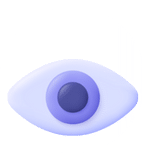
The epithelium is removed either mechanically, with a laser, or using a special solution. The laser then reshapes the cornea based on the patient’s individual data. A therapeutic contact lens is placed afterward and removed during the second follow-up visit.
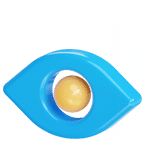
This is an outpatient procedure in which the ophthalmologist inserts a special, custom-designed lens into a natural space within the eye. The lens is placed through a microincision, either in the anterior or posterior chamber, with no discomfort expected in the future.
At Optiláser, we make sure you have access to the best technology, top professionals, and outstanding service, from the very first moment you contact us.
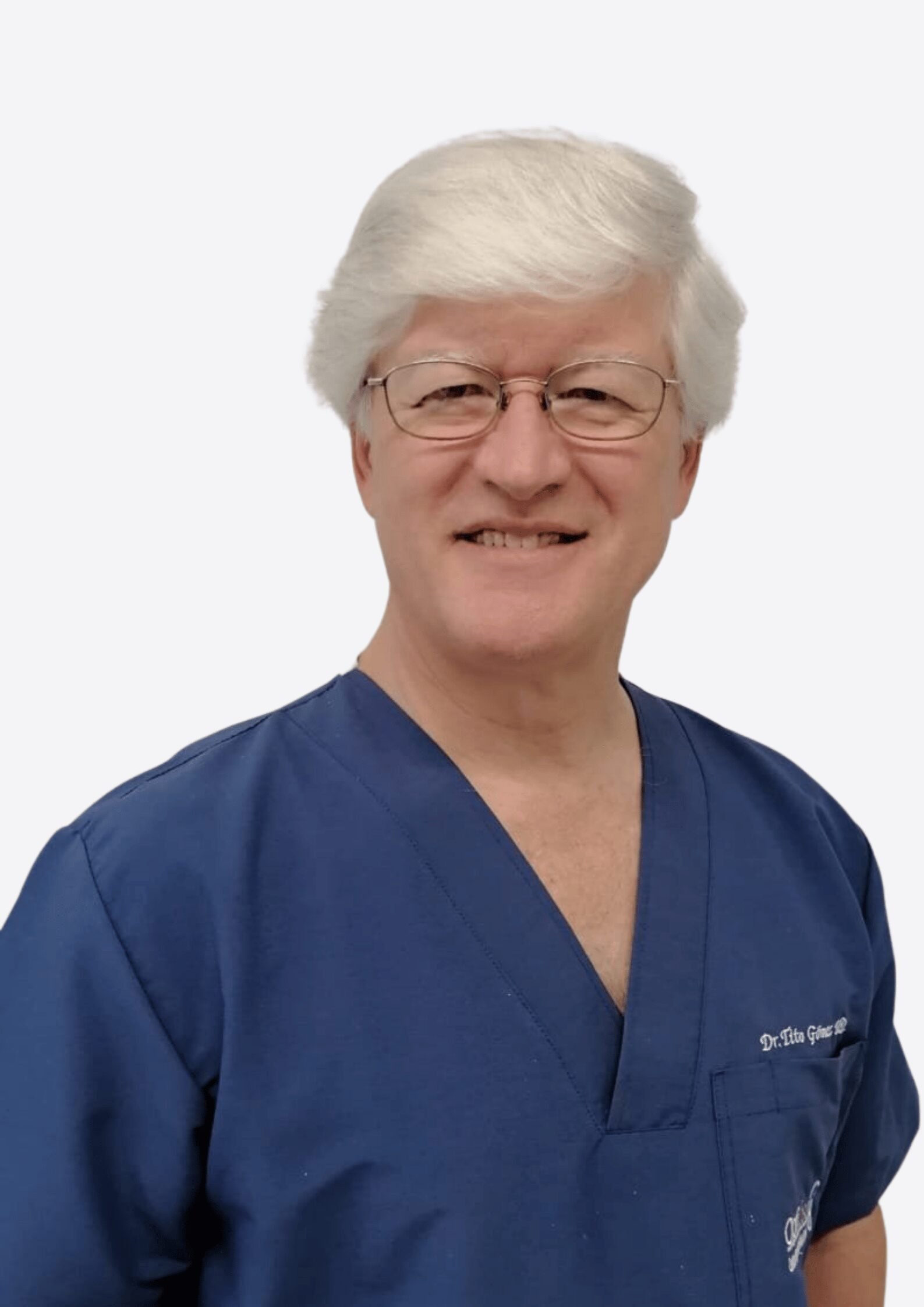
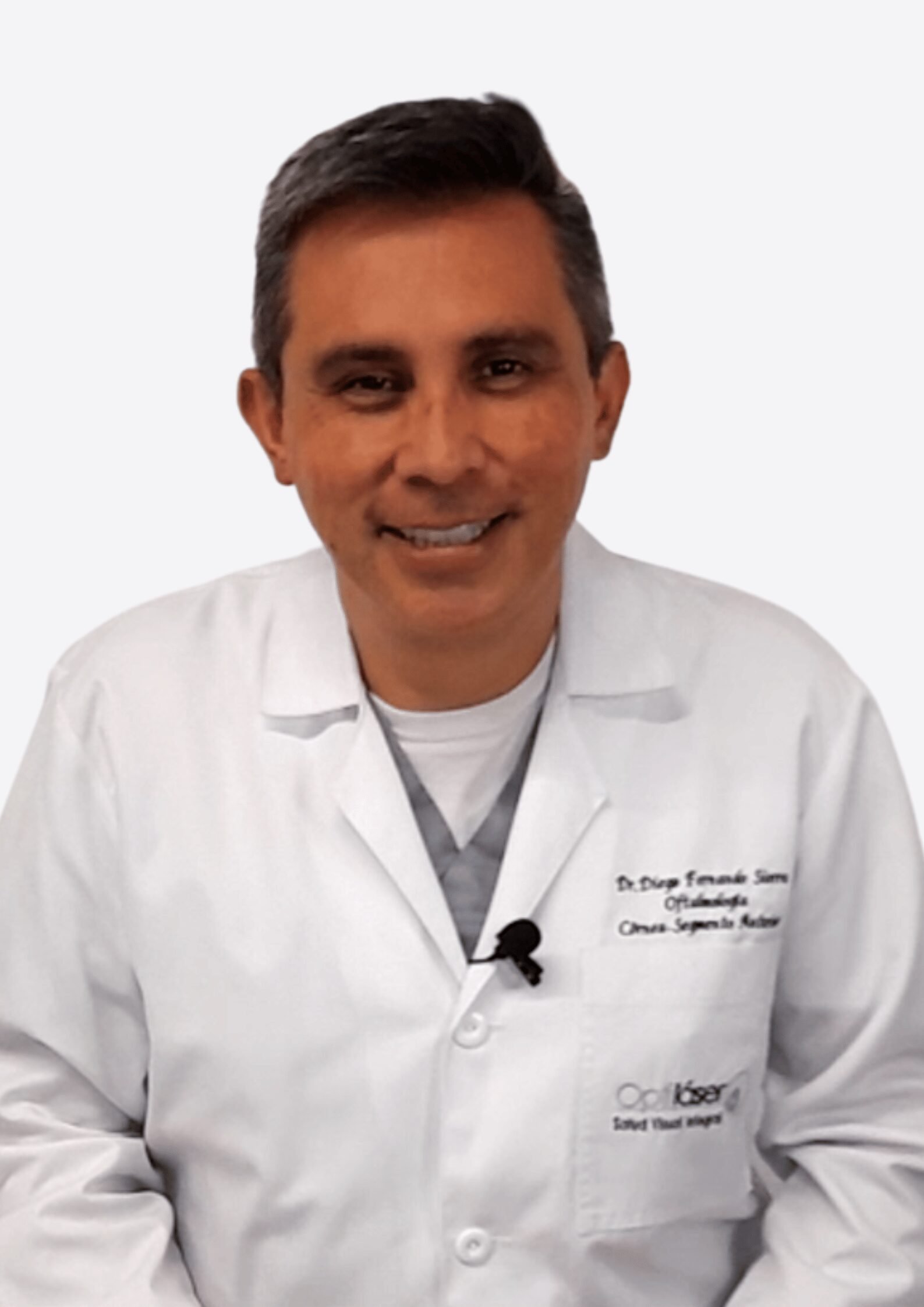

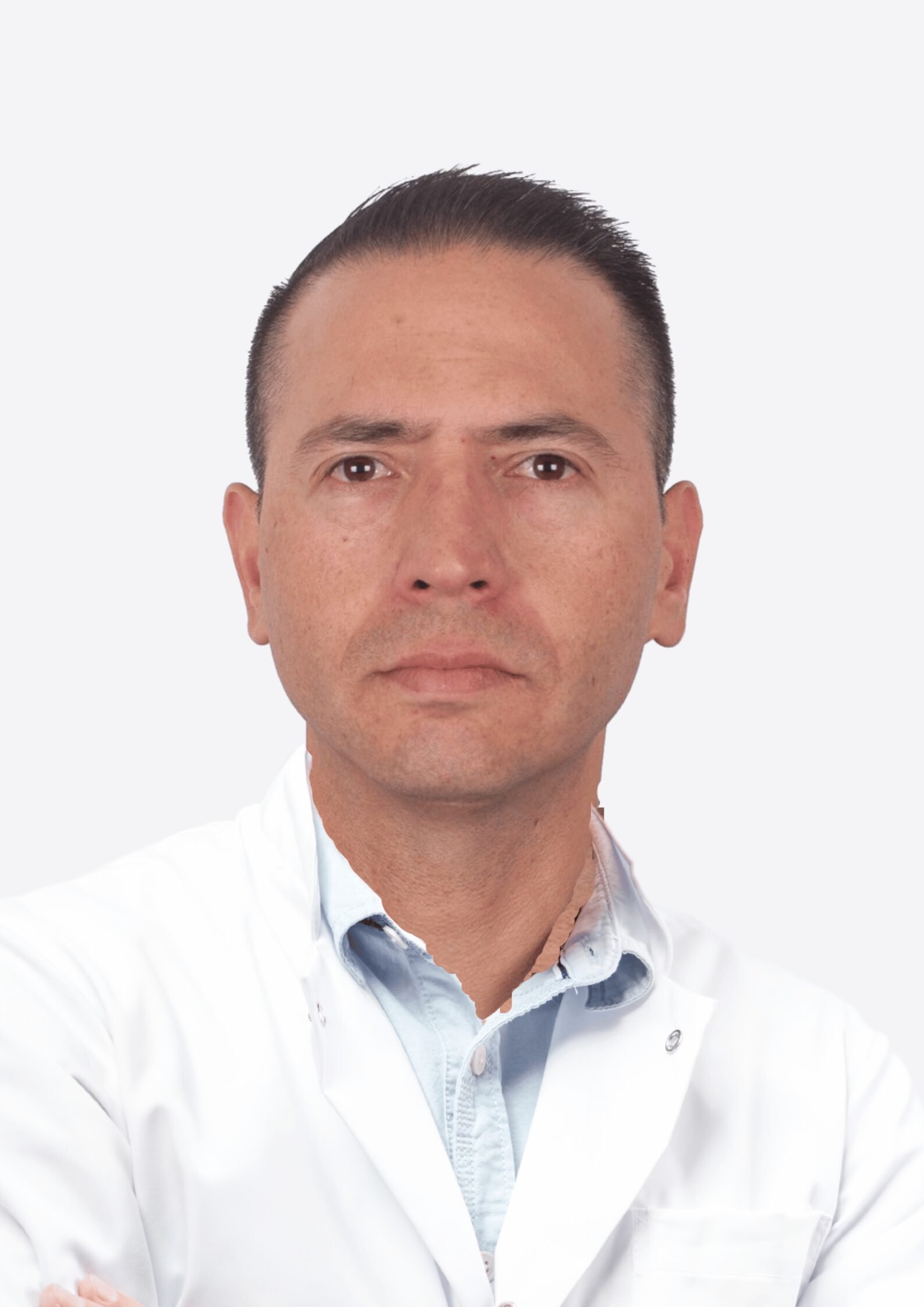
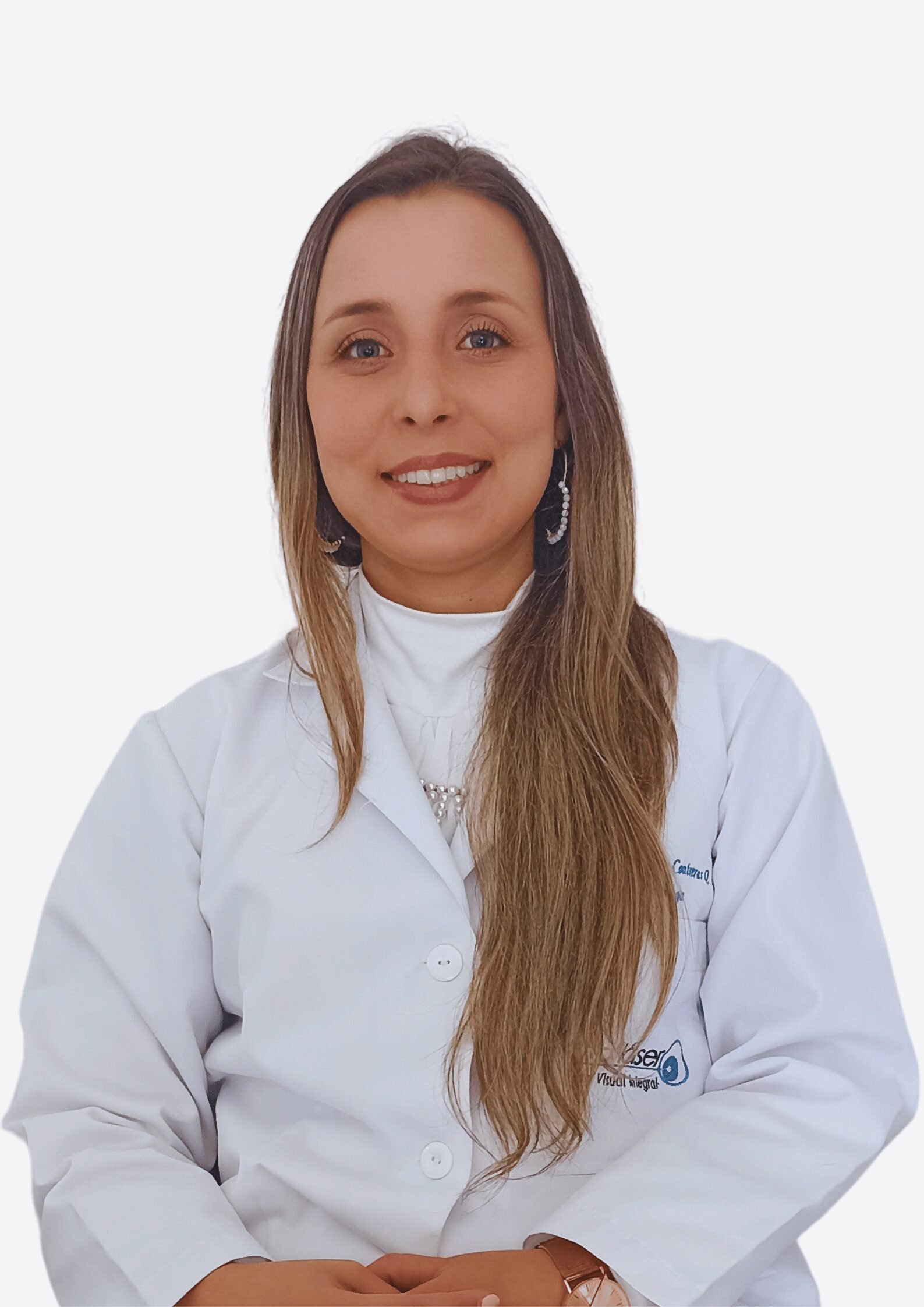


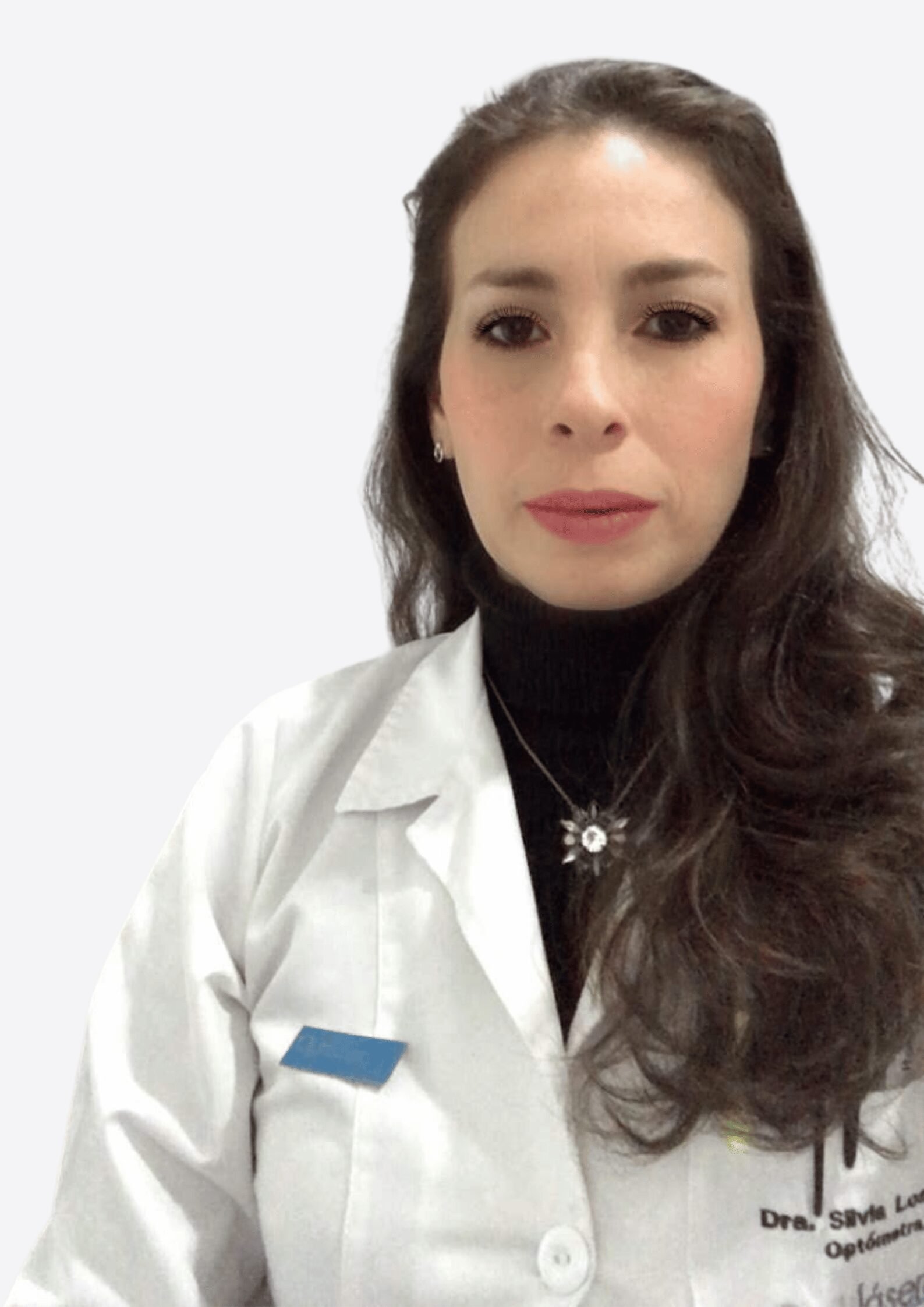

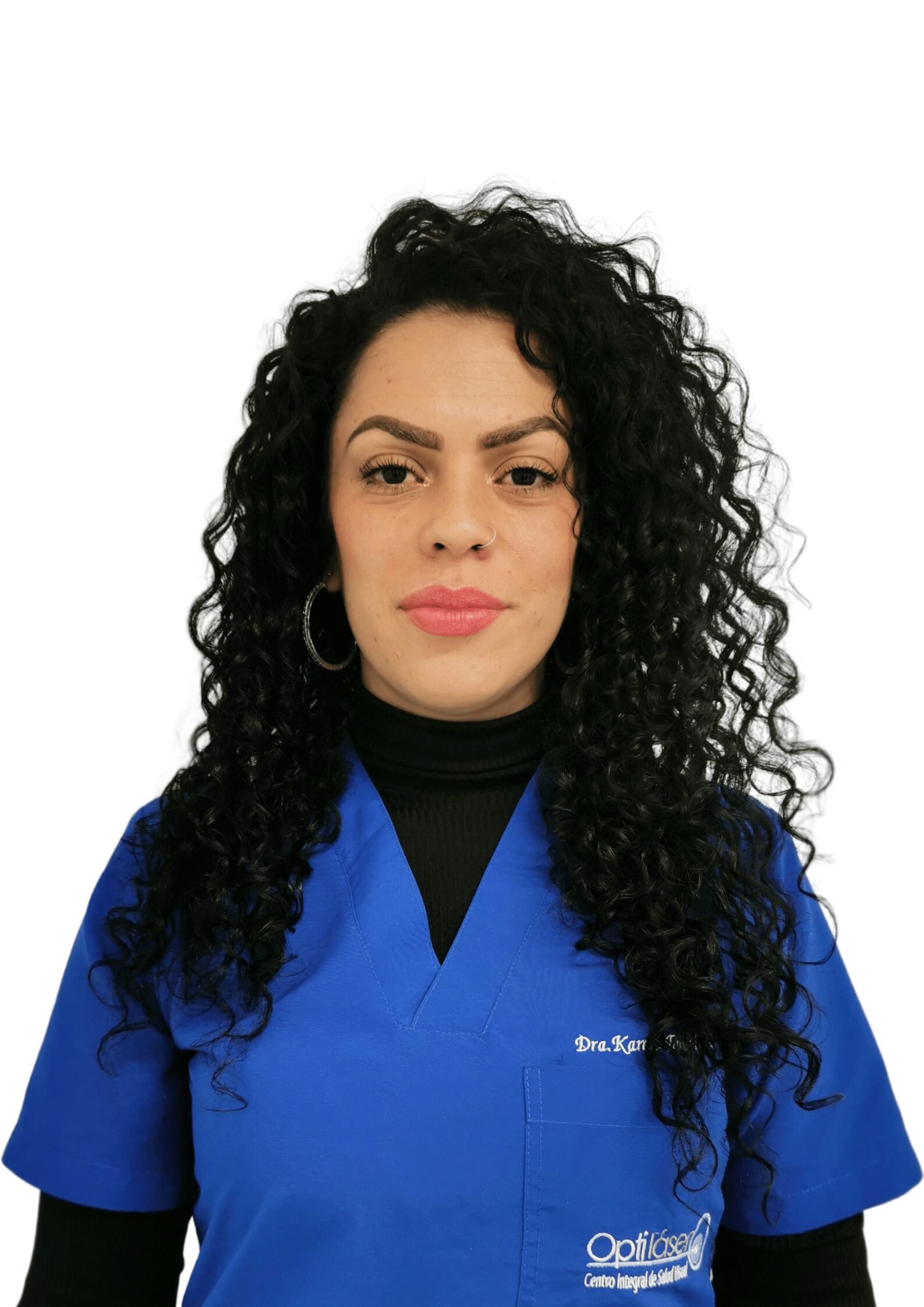
Optilaser International funciona gracias a WordPress